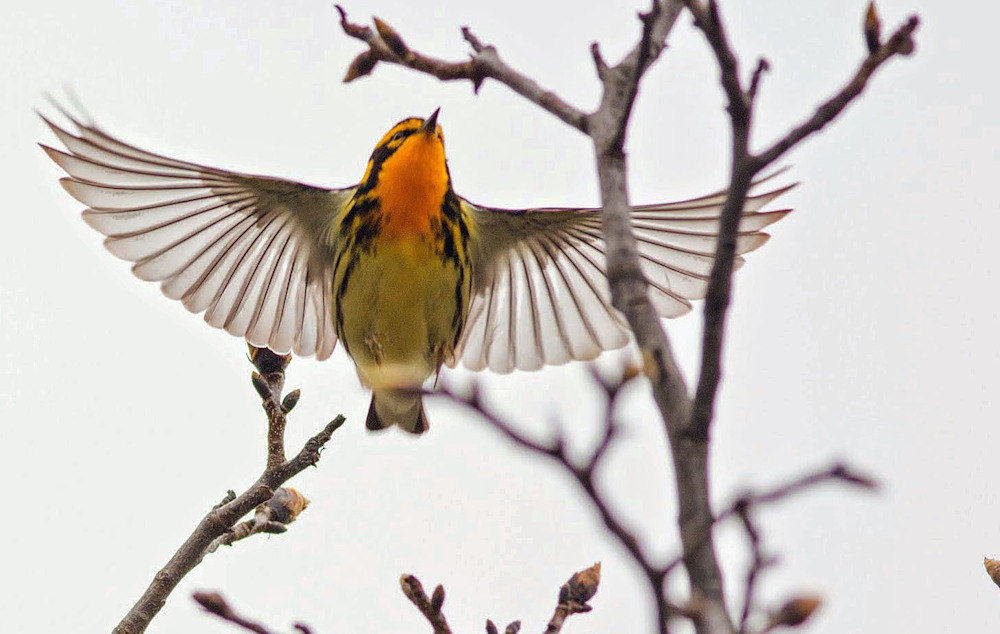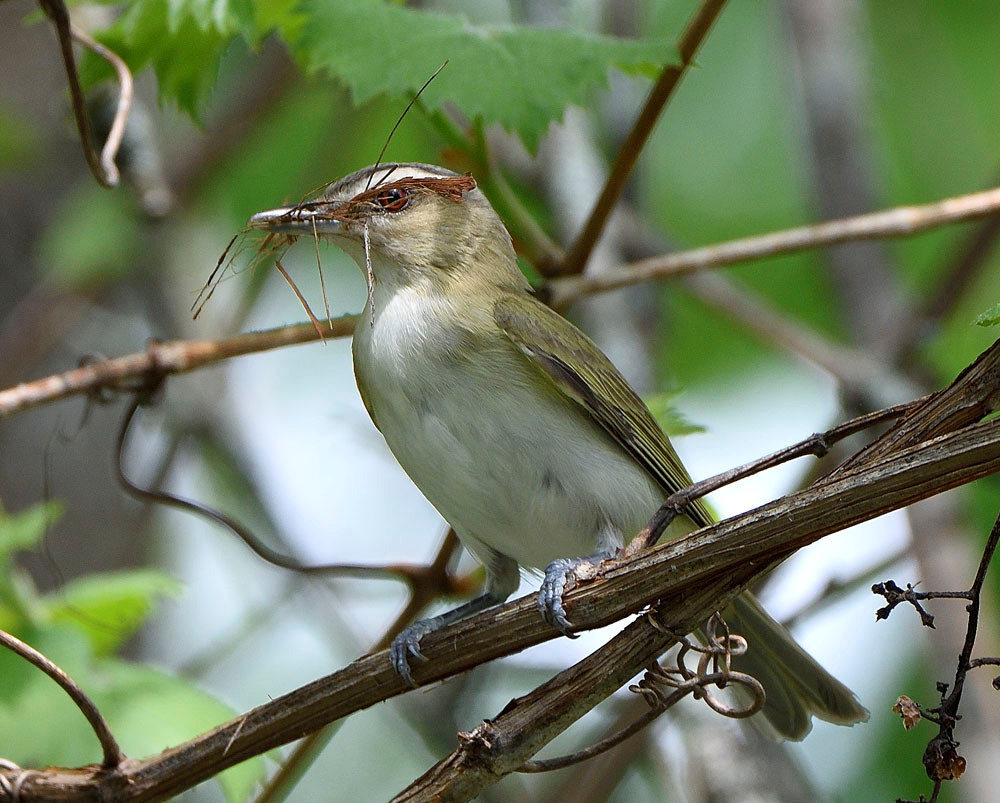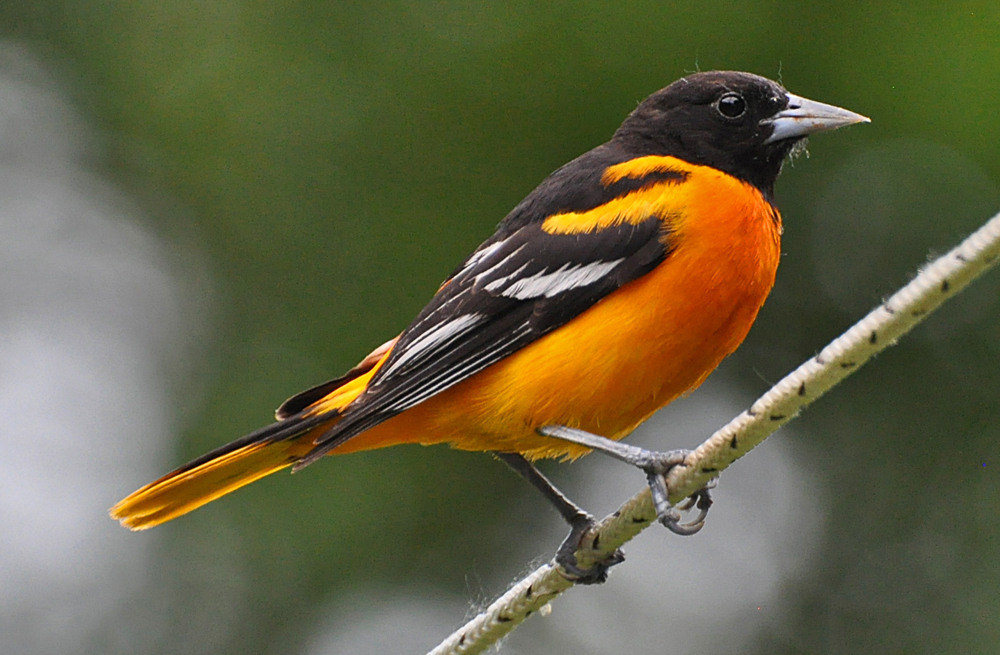Prince Edward County, Ontario, Canada
What Bird Species Can We Expect To See In May?
Would May and warmer weather ever arrive, was a much heard question during much of April. Some unseasonably cool temperatures and frosty nights during late April left doubt in the minds of most birds if spring and warmer temperatures would ever arrive this year. Still, the early spring migrants trickled in, most of them on time, although in greatly reduced numbers compared to most years. With the promise of warmer temperatures on the horizon starting to look more promising, the flood gates will begin to open and the spring migrants will pour in. Photo of BLACKBURNIAN WARBLER by Ian Dickinson of Belleville.

Traditionally, this is the month when bird activity is at its greatest, with the spring migration of songbirds reaching its peak around May 12th. By the first week of May we should already be seeing numbers of warblers including PALM, PINE, YELLOW-RUMPED, BLACK-AND-WHITE and several other early arrivals, including BLACK-THROATED GREEN WARBLERS. In fact, by late April most years, many of the aforementioned species are sometimes already here. If the weather continues fine, the some 35 or so species will continue to pour in over the following two or three weeks, coming to an end with some of the traditionally later warbler migrants including BLACKPOLL WARBLERS, CANADA WARBLERS and MOURNING WARBLERS.
It will be noted that with few exceptions, the May arrivals are insectivorous birds. No sooner do the unfolding leaves and opening blossoms become prone to the attack of insects, than the warblers and vireos arrive to offer protection to the trees. Often their diminutive size, activity, and the persistence at which they remain hidden at the tree tops create challenges to newcomers to the ranks of the birdwatching fraternity. Photo of RED-EYED VIREO by Helmer Nielsen of Odessa.

Wetlands around the county will be alive with songs from AMERICAN BITTERN, SORA, VIRGINIA RAIL, SWAMP SPARROW and MARSH WREN, all of which arrived by late April The entire sparrow family will also be here and we can extend our search beyond the normal residents to some of the more uncommon species including CLAY-COLORED, HENSLOW’S, GRASSHOPPER, NELSON’S SHARP-TAILED and LECONTE’S.
May is also the month of courtship, which finds expression chiefly in song. Many species such as AMERICAN ROBINS, TREE SWALLOWS, KILLDEER, BALTIMORE ORIOLES and others are actively nesting this month. Photo of BALTIMORE ORIOLE by Paul Wallace of Cressy.

May is the birding month in Prince Edward County. Grab your binoculars, field guides and identification CDs. The peak of bird activity is here and waiting to be discovered. Take along a checklist and try for the “century run,” as you strive for 100 species or more during your day out birding in Prince Edward County. And don’t forget the SPRING BIRDING FESTIVAL at Prince Edward Point, May 10th to 12th.